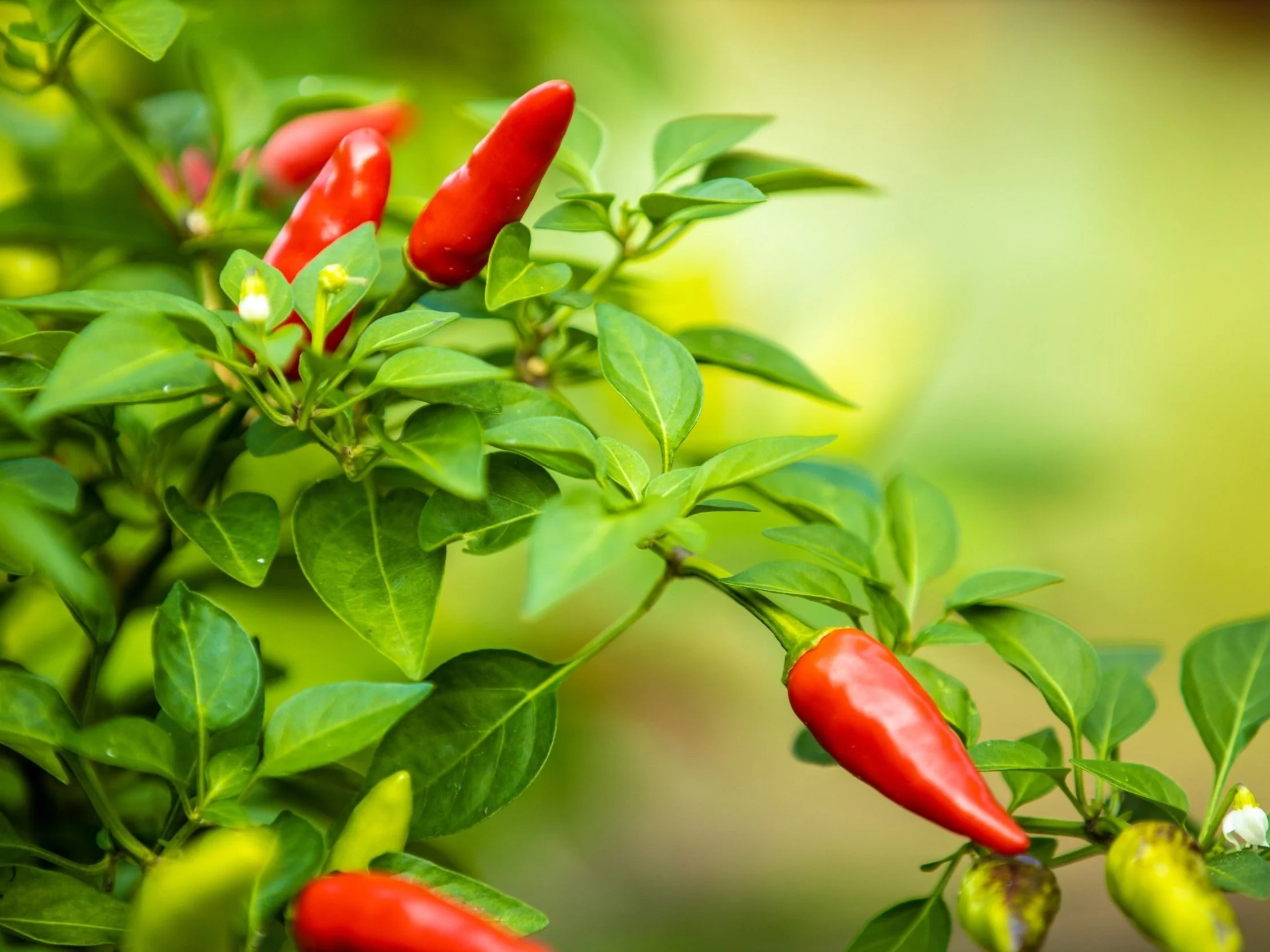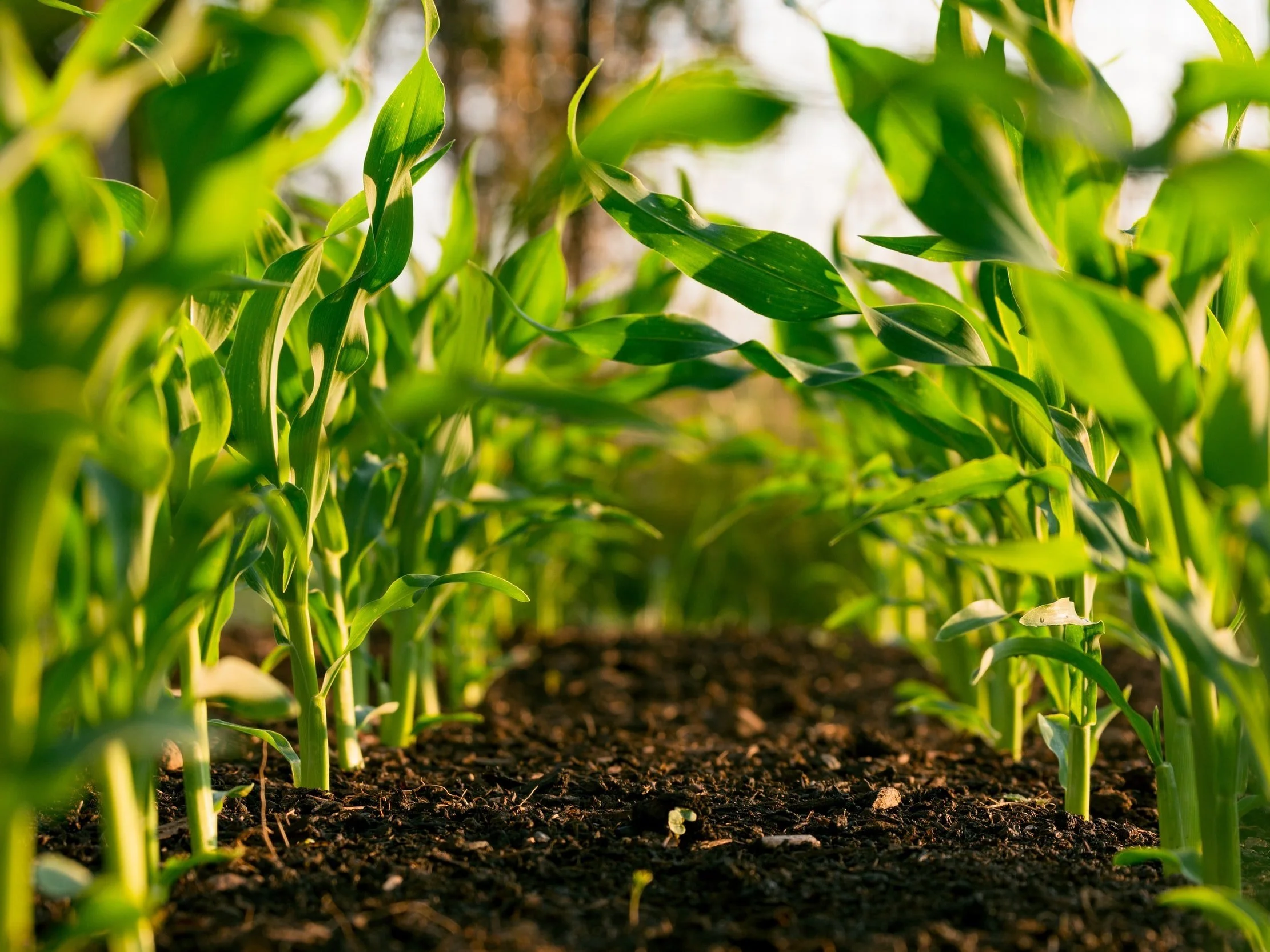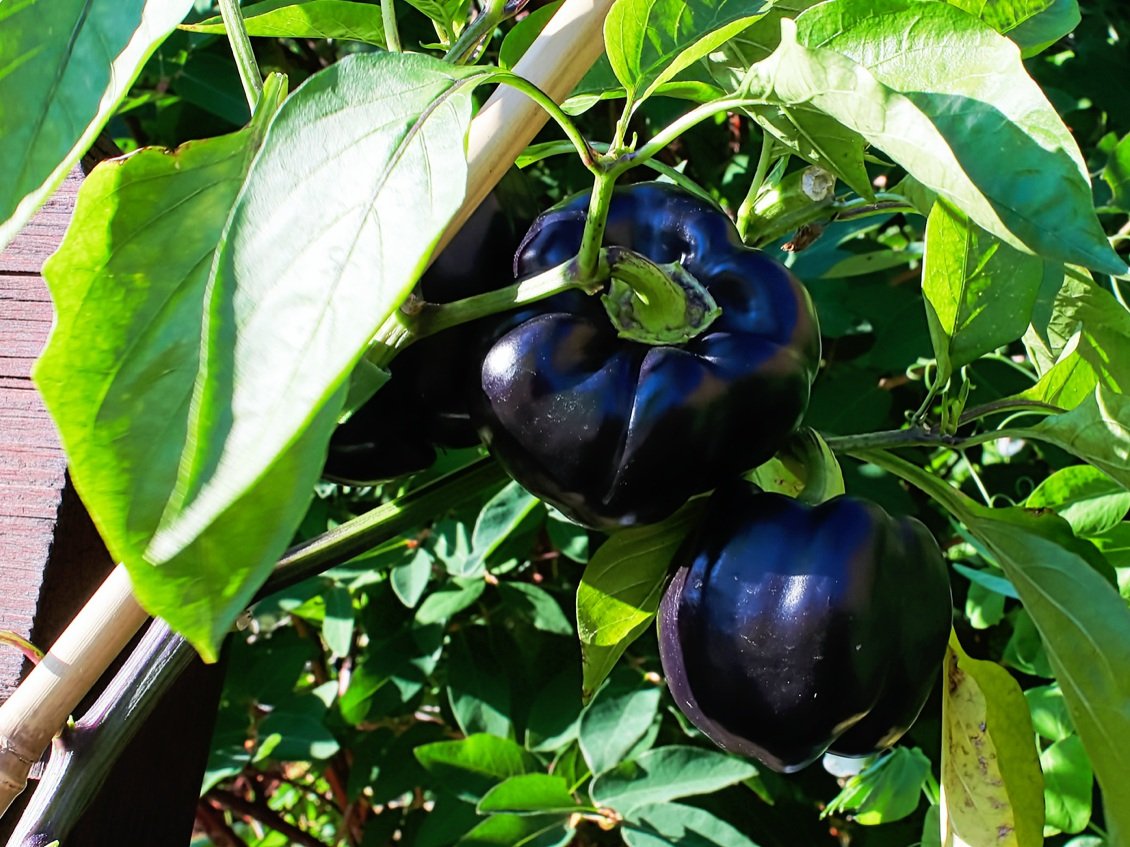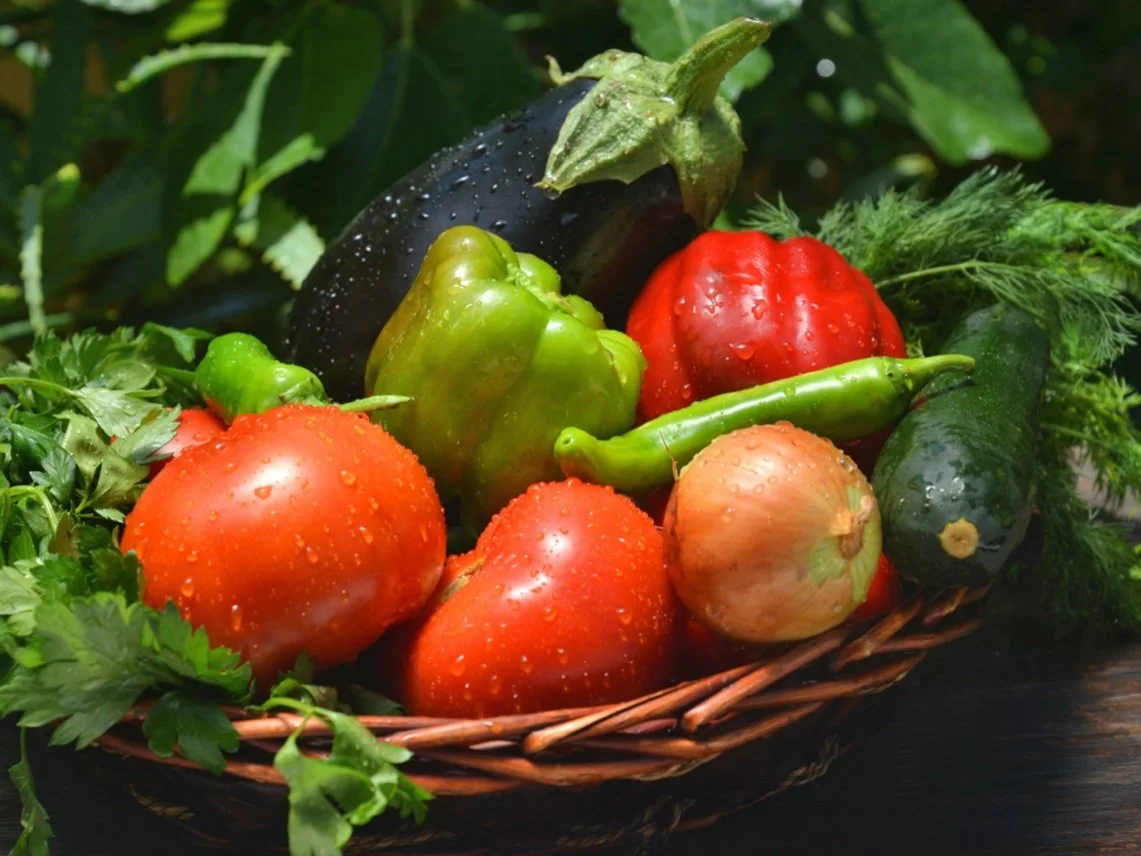Grow Great Peppers: My 6 Secrets
Tip #1: Properly Space Your Plants
Every kitchen garden needs at least 1 pepper plant. Even though pepper plants are self-pollinating which means a single plant can set fruit, there are so many varieties to choose from that it’s likely you’ll end up with more than 1 plant. Possibly 3 or 4 or more!
And in that case, the spacing of your pepper plants becomes very important. For most pepper varieties, 12 to 18 inches between plants will be sufficient. But some plants are wide and bushy, while others are tall and slim. And larger pepper varieties (like bell peppers) may need a little more space.
Properly spacing out your pepper plants will encourage the plants to reach their mature height, make it easier to harvest all the peppers and help control weeds by shading out the ground below.
Tip #2: Prepare the Soil
Peppers like fertile, well-draining soil with lots of organic matter. This means sandy and loamy, with just a little bit of clay and some really good compost. The soil should be able to retain moisture, but drain quickly. Remember, peppers are true Mediterranean plants so think dry and airy like the desert.
Peppers do best in soil with a pH of between 6.5 and 7.0. Add lime to the soil to increase its pH or add sulfur to decrease its pH. Amend the soil with compost and add in a basic starter fertilizer (such as 5-10-10) prior to planting your peppers. Taking time to prepare the soil will result in strong, healthy plants with lots of fruit.
Tip #3: Use Stakes or Cages
Pepper plants are usually pretty sturdy. However, the weight of developing fruit can be enough to bend or break a pepper plant’s stems. Their root systems are actually pretty shallow and may not be able to support a plant with lots of peppers.
Staking or caging a pepper plant is pretty easy. Just drive a wooden or coated metal stake or small cage into the soil next to the pepper plant and loosely tie the plant to the stake or cage using velcro ties or soft material. Install the stakes or cages at the same time the peppers are planted. The plants may not be tied to the stakes or cages right away, but the supports will be ready when needed.
Tip #4: Pinch Early Blooms
Most of the time. It will depend somewhat on when your peppers start to bloom. If you’ve grown peppers from seed and they start to produce flowers before it’s time to move them out, go ahead and carefully prune off the flower buds. However, if you’re growing slow-producing varieties (like habaneros or ghost peppers), it’s best to leave the flowers on the plants to ensure that the peppers will ripen.
On the other hand, if you just recently planted your peppers outdoors it’s okay to pinch off any flowers that have formed. This will help focus the plant’s energy on producing roots and foliage. But if your peppers have been outside for a month or more before they begin producing flowers, leave the flower buds on the plants to grow into fruit.
Tip #5: Establish a Watering Routine
Did you know that the amount and frequency of water given to a pepper plant can influence the quality and spiciness of its peppers? Depending on your kitchen garden location, you may only need to water your pepper plants once a week, maybe less. Occasional deep watering seems to encourage root growth. But too much water may kill a pepper plant.
Less water can improve both the quality and the quantity of peppers a plant produces. Less water increases the amount of capsaicin a pepper plant makes, which means hotter peppers. Peppers with higher heat seem to have more flavor. Some experts even recommend letting pepper plants dry out until the leaves start to wilt. But since this stresses out the plant, there likely will be fewer peppers.
So watch your pepper plants carefully. Establish a watering routine that will provide deep watering on a consistent basis, but will allow the soil to drain and dry out almost completely before watering again.
Tip #6: Don’t Plant With Beans
Peppers can get along with a variety of different plants - but not beans. And certain plants are better companions than others. This is the concept of companion planting. Companion planting is when you strategically place plants that will benefit each other near each other.
Here are some of the best companion plants for peppers:
Basil
Chives
Rosemary
Tomatoes
Other varieties of peppers
Allysum
Yarrow
Cucumbers
Squash
And here are some plants that definitely need to social distance from peppers:
Beans
Fennel
Potatoes
Right now there are peppers, basil, rosemary and chives in one of my raised beds. Try your hand at companion planting and see the benefits - your peppers really do want some friends!
Sign up for the Kitchenairy Gardens email list for more kitchen garden tips and growing guidance. And be sure to follow me on Instagram and Facebook (@kitchenairygardens) and on Pinterest (@kissmygardenish).






